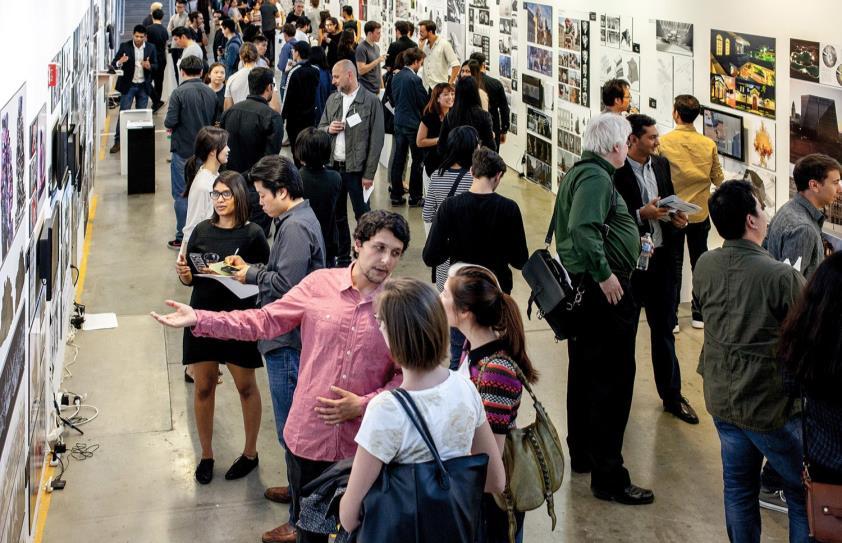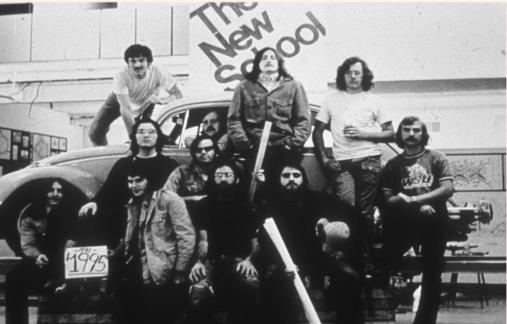
2 minute read
A NEW SCHOOL BIG DREAMS CURIOSITY AND PERSISTENCE
1974
At the New School of Architecture−Southern California Institute of Architecture−Circa 1973-1974−I was in the first graduating class 1977 and then completed my Masters Degree in 1979.
Advertisement
Broadway Spring Arcade Building
Vista Volunteer Offices
I was a student at the Southern California Institute of Architecture/Sci-Arc in the summer of 1973. My mentor, Raymond Kappe, strongly suggested that I do an internship as a Vista volunteer, in service to America.
I then went down to the community design center in downtown Los Angeles, which in those days were headquartered at the historic Broadway Arcade Building.
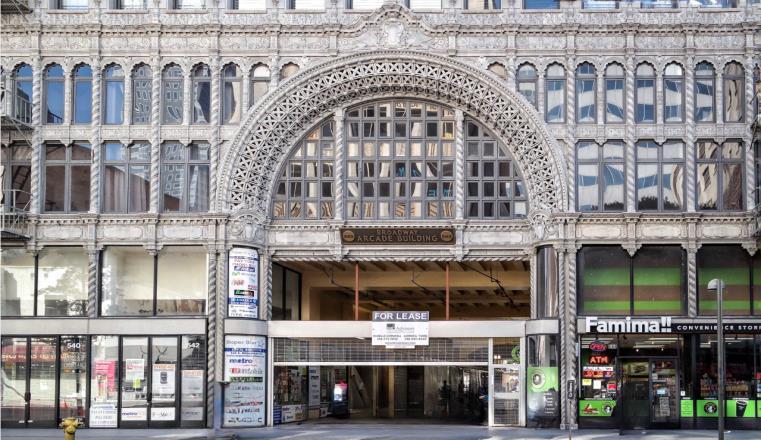
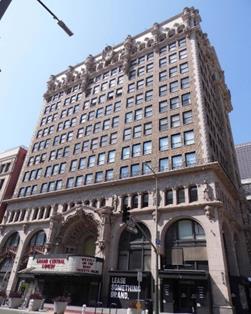
I was very fortunate to work under the direction of architects who were engaged in community and public benefit projects. The first project I worked on was called the United American Indian Involvement center.
I went on to work as a volunteer technician/intern under these licensed architects for three summers in a row. We also did the first methadone clinic with Volunteers of America for heroin addicts on Skid Row in LA.
We also did transitional housing for people coming out of homelessness. It was a real eye-opener for me as a kid who’d grown up in a suburb called Culver City, California.
I was able to use it as a steppingstone which not only established my track record in design but also gave me knowledge of building times, what buildings were made of, building systems and design of facilities.
I recently did a cursory check on Los Angeles Community Design Center and the last listing shows them in, Wilmington, California which is near San Pedro and the coast, and it is permanently closed.
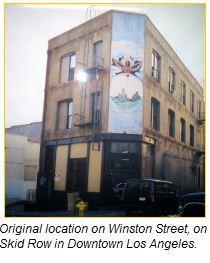
Vista volunteers in the Vista program later went onto be called AmeriCorps. Little did I know that this would be the basis for my interest in working with people of all incomes and the homeless. I still remember those days very clearly and don’t regret a minute of volunteering.
Working at the Broadway Spring Arcade Building got me to thinking about empty buildings, which downtown Los Angeles had a plethora of, and converting those buildings. I had no idea this would later lead me to doing my thesis on converting old downtown buildings in the financial district into affordable housing. These were truly my routes and the days in which I began thinking critically as opposed to not thinking much!
United American Indian Involvement Center. First Methadone Clinic for heroin addicts, Los Angeles, CA 1975-76
The takeaway from this chapter is twofold. One is to establish my track record and gain the knowledge of building times. Number two is to gain a sense of compassion and humanistic feelings for people that struggle with homelessness and lack of affordable housing.
It is unimaginable to think that this photo of me and my Mom was taken 50 years ago. I was a student at the Southern California Institute of Architecture (SciArc) in Santa Monica, California and our amazing school is celebrating 50 years since its founding.
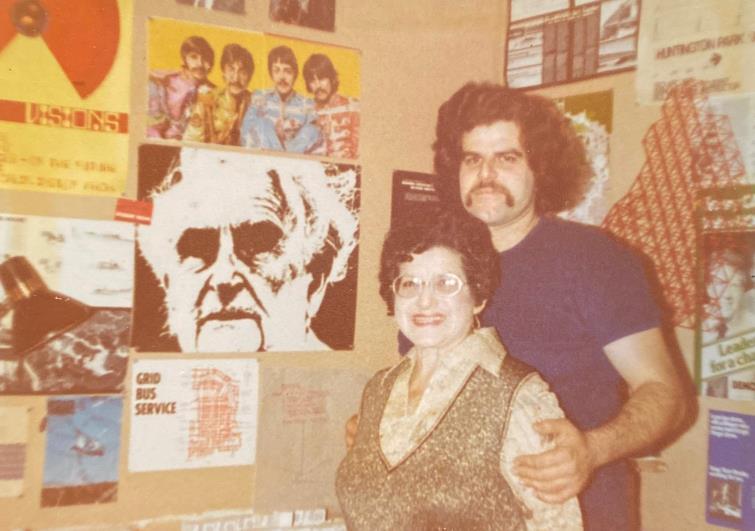
I later went on the teach at Sci-Arc for 14 years and served on the Board of Directors as a Faculty Representative on the Board. It was an unforgettable experience.
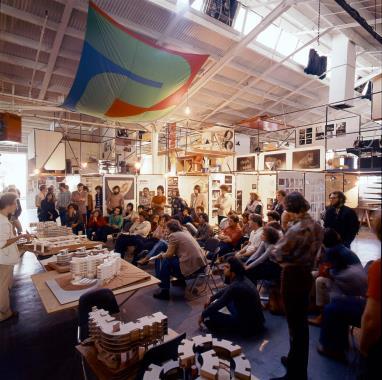
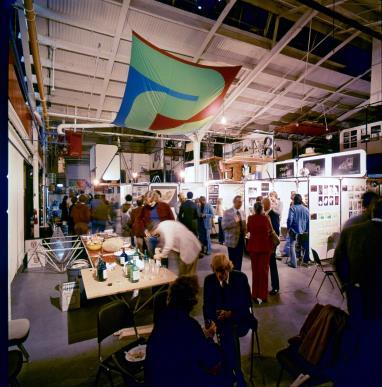
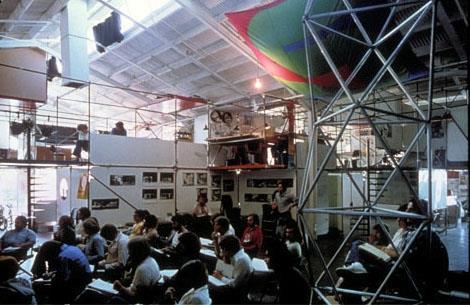
Although other avant-garde, alternative schools of architecture, like the Bauhaus and Black Mountain College, only lasted 10 years or so, SCI-Arc has now reached its fiftieth anniversary, due to Ray Kappe's having created it with enough flexibility to withstand the changes of the last half century. On SCI-ARC’s fortieth anniversary, in 2012, congratulatory banners were hung all over the city. Ray Kappe, as Founding Director, was honored by the L.A. City Council, and that day was declared "SCI-ARC day in L.A."
This year, with its graduates working, practicing, writing and teaching, all over the world, SCI-ARC has been celebrating its success of the last fifty years. SCI-ARC's success was achieved through the combined efforts of its talented and dedicated faculty, students and staff, all working together to develop this very special school.
And now, SCI-ARC is looking forward to it's next successful fifty years.
